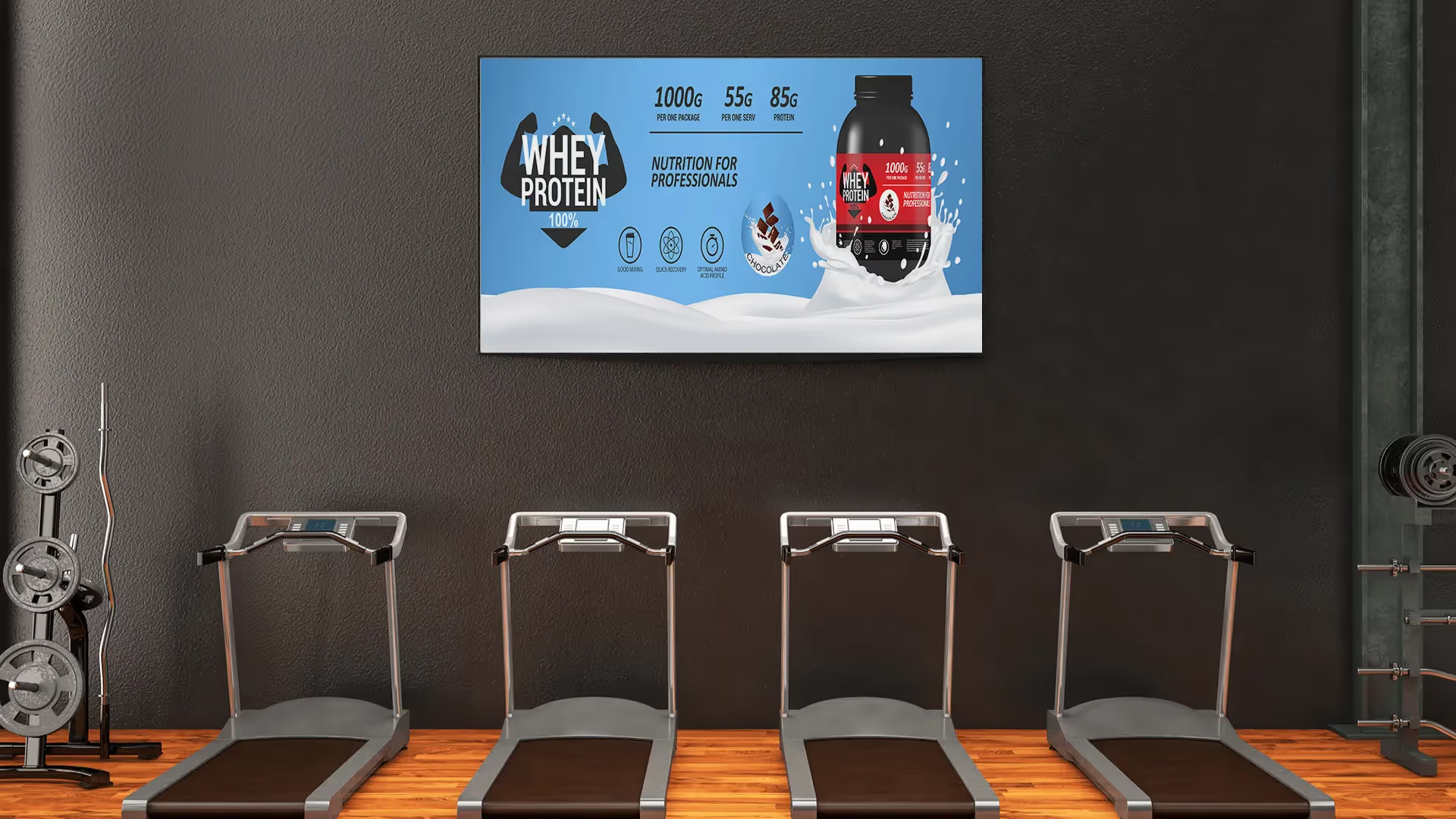What to remember
Creating quality audiovisual content requires careful planning and a clear vision of what you want to communicate. With this in mind, video storyboarding is proving to be a fundamental tool. Used by directors, advertisers or even corporate communication managers, it makes it possible to structure ideas and visualize the sequences to be filmed before even starting filming.
What is a video storyboard?
A video storyboard is a visual representation of the different scenes that will make up your video. It can be described as a kind of “blueprint” or “visual storyline,” where each vignette represents a specific frame of the script. Storyboards generally include illustrations or images with notes describing actions, dialogue, camera angles, and other technical elements This tool is essential to prepare for filming and ensure clear communication between production team members.
Storyboarding clarifies not only the visual aspects but also the narrative elements of your project. It helps define the transitions between scenes, the pace of the video, and how each sequence should be shot. For novices and experts alike, creating a storyboard provides an indispensable road map, avoiding guesswork during the production process.
Why storyboarding?
In the context of advertising videos, storyboarding makes it possible to visualize the message that you want to transmit before you even start shooting. It helps identify the key points of your communication and to determine how to present them visually to capture the attention of the target audience. It also allows to optimize production time and to identify possible inconsistencies narratives prior to filming, thus avoiding unnecessary post-production costs.
When making videos for internal company communication, storyboarding is also valuable. Whether it's creating a meeting summary, a tutorial, or documenting a manager's communication, storyboarding helps you structure content in a fluid and professional manner. It also ensures that the message is well understood and that it stays true to the sender's original intent.
The steps for creating a video storyboard
1. Define the objective and the message
The first step is to Clarify the purpose of your video and the message you want to convey. What are the points you want to address? What is your call to action? This preparatory phase is crucial for creating captivating storytelling.
2. Writing a script
Before we get to the storyboard itself, Write a script detailing the dialogues, actions, and audio and visual elements of each scene. Visual storytelling, or visual storytelling, is a predominant concept in creating a storyboard for a video. It is, in fact, essential to offer your target audience visual elements that will make it possible to attract the eye and clearly transmit your message. This script will then serve as a guide for drawing the vignettes for your storyboard.
3. Divide the script into scenes
Divide your script into distinct scenes. Each scene should correspond to a vignette or a series of vignettes in your storyboard, allowing you to visualize the narrative progression.
4. Illustrate the vignettes
For each scene, Draw or use images to illustrate the main visual elements. Add annotations to describe actions, camera angles, and movements.
5. Add technical details
Add critical technical information : duration of scenes, transitions, sound and visual effects. This allows the entire production team to understand exactly how each scene should be done.
6. Revise and refine
Once the storyboard is complete, review it carefully. Make sure that each tile contributes to the overall story and that nothing has been omitted.
How can I make it easier to create a storyboard?
Use tools like Cenareo Video makes storyboarding easier, thanks to its guided templates and its proven narrative structures. The tool offers you a wide selection of formats (customer testimonial, job offer, event, etc.). Each template is designed to guide you step by step, plan by shot, with numerous indications: positioning on the video, narrative structure...
Very complete, EasyMovie by Cenareo also accompanies you during filming with an integrated teleprompter, the possibility of recording your screen for demonstrations. The tool also offers video editing and statistics to assess the performance of your communication.
Example of a storyboard
Let's take the example of a meeting summary:
- Scene 1: Introduction
Thumbnail 1: An image of the presenter standing with text welcoming viewers to the meeting.
Notes: “Hi everyone, thanks for joining us for this meeting.”
- Scene 2: Important points raised
Thumbnail 2: A wide shot showing multiple charts or graphs.
Notes: “During the meeting, we discussed the following points...”
- Scene 3: Actions to take
Thumbnail 3: Close up of the presenter reading a list.
Annotations: “Here are the actions we are going to take...”
- Scene 4: Conclusion
Thumbnail 4: Visual summarizing next steps.
Annotations: “Thanks for your attention. The next meeting will be held...”
.avif)
When should I use a storyboard?
Storyboarding is proving to be an indispensable tool for different types of media and communication contexts. Whether for internal or external communication, it effectively structures your video projects. Used to create advertising videos, customer stories, employee presentations, or meeting summaries, storyboarding ensures consistent and compelling storytelling. It is also essential for event teasers and product promotion, ensuring message clarity and visual appeal. These storyboarding videos can be streamed on dynamic screens, thus maximizing their impact through targeted and strategic dissemination.













